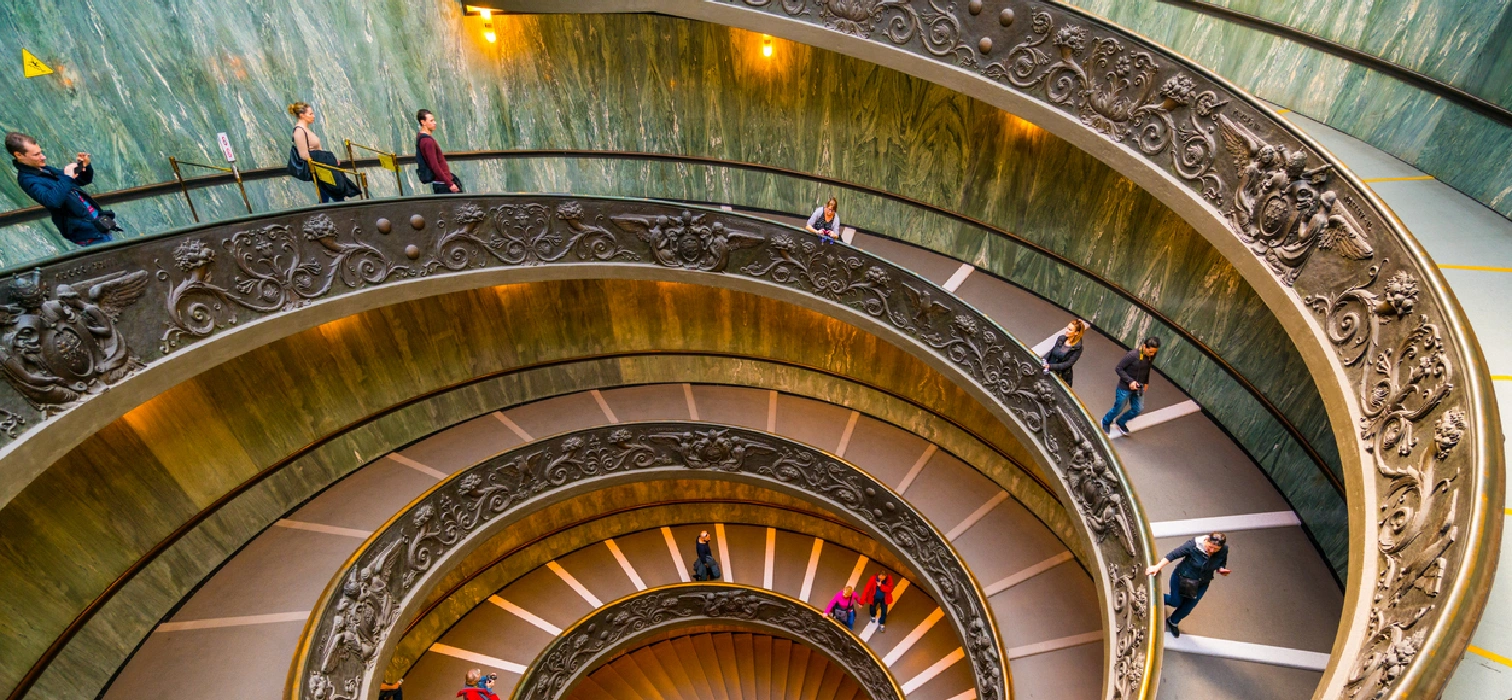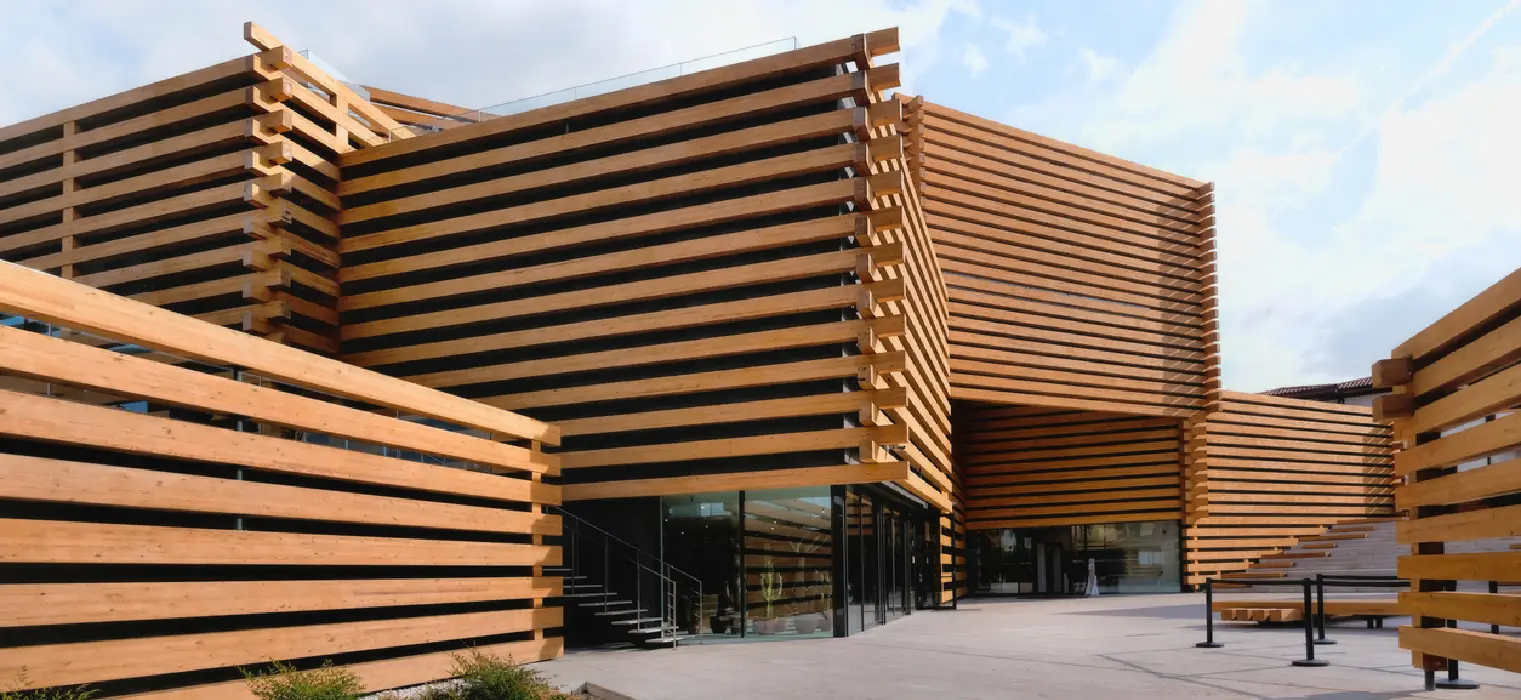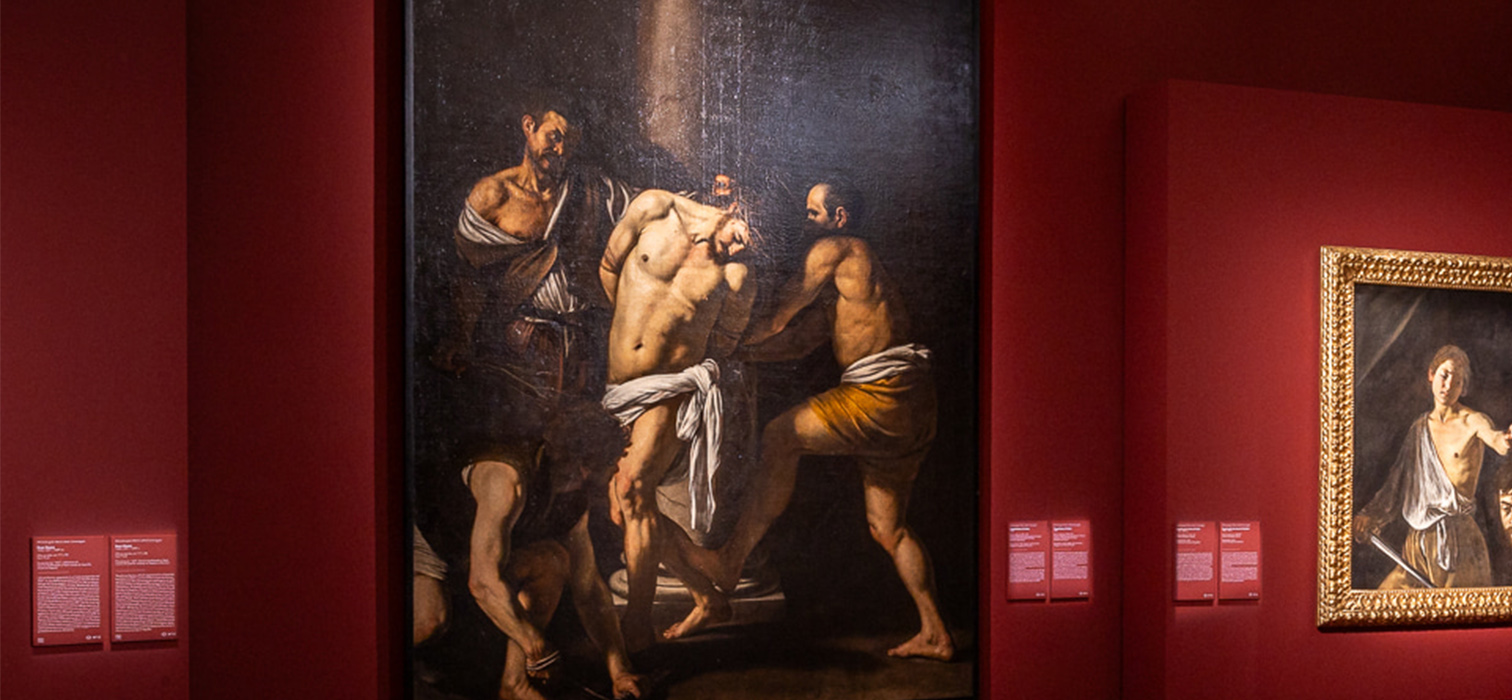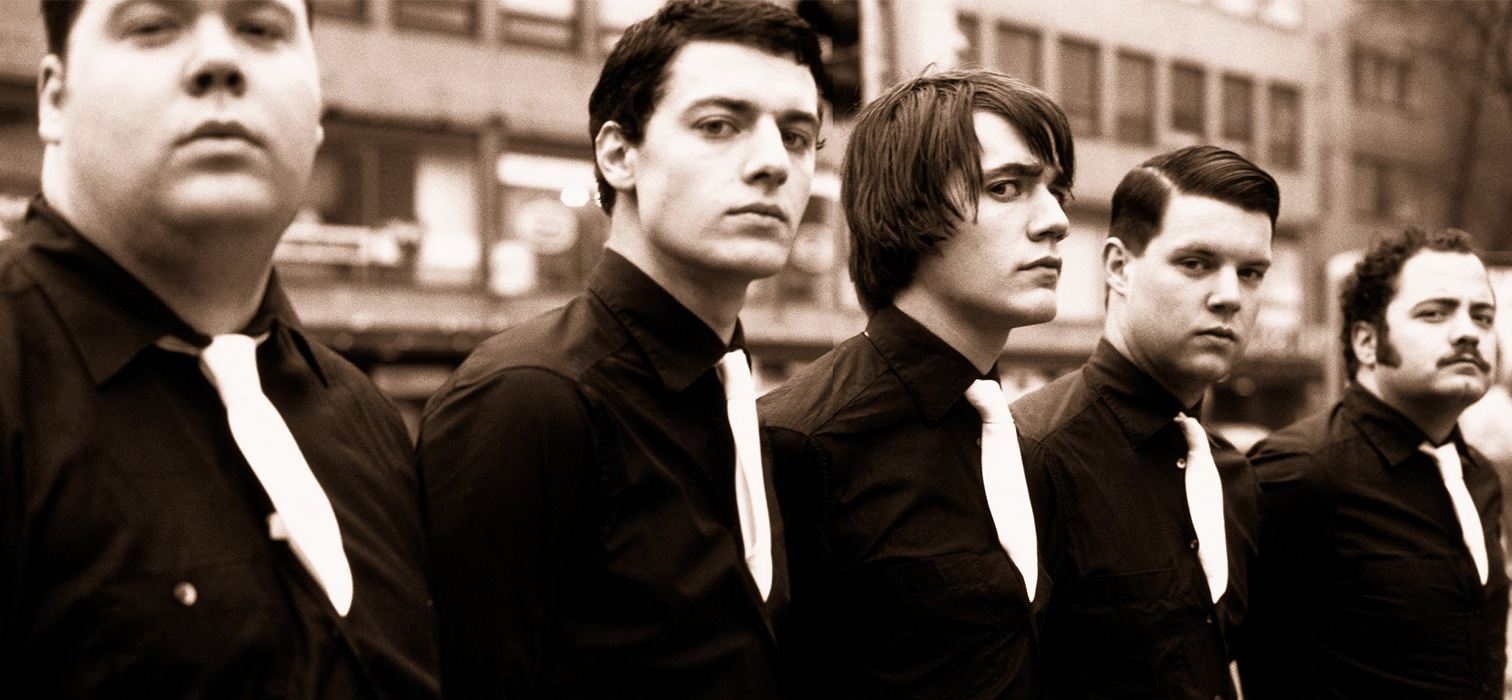

Pieter M. van Hattem, the photographer of magical moments etched into the memories of music lovers, brings out the stories beyond the spotlights with his art.
Music undoubtedly appeals not only to the ears. Like an invasive organism, it penetrates every part of the body, transforms, gives breath, and sometimes takes it away. A song or an album can sometimes be a reminder of an entire childhood, the herald of a revolution, or the embodiment of love’s pain in our memories. Music is certainly not just listened to. Just as mentioning R.E.M. evokes “Losing My Religion,” or The White Stripes brings to mind “Seven Nation Army,” recalling Freddie Mercury in his white tank top and tight jeans running across the Live Aid stage comes just as easily. Similarly, the Beatles’ Abbey Road or David Bowie’s Alaadin Sane album cover that marked a new era of Ziggy Stardust is unforgettable.
These images, appearing on an album cover or in a magazine, imprint in our memory the dazzling figures of a glamorous world—sometimes just as they are, and sometimes showing aspects we’ve never seen. It is thanks to photographers, who seem to have been touched by a bit of wizardry, that these moments, never personally experienced by us, leave such a lasting mark on our lives. Pieter M. van Hattem is one such photographer.
Many of his works have appeared countless times on album sleeves and magazine covers. These days, some of his works are being showcased in Istanbul as part of the Behind the Spotlights: The Story of the Music World exhibition, curated by Ebru Yıldız. There is much to be said about his photographs. Like music itself, they are not merely observed; they deepen, provoke thought, and stimulate as one gazes. We chase the frozen moments behind the spotlights with Hattem, the hunter of magical moments.
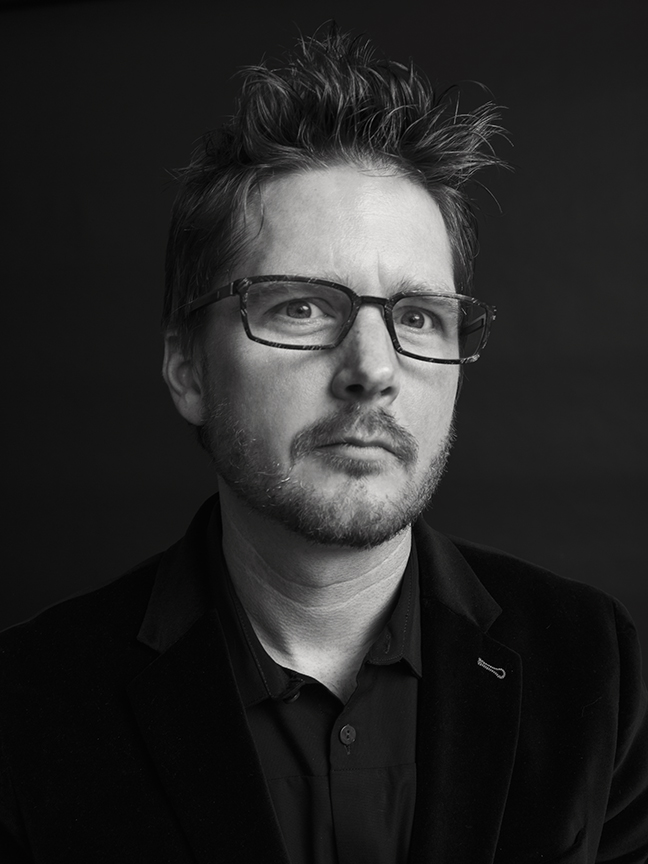
- Music Icons Through Ebru Yıldız’s Lens
- James Kerwin: A Fairy Tale Journey in Abandoned Places
- Remembering Maffy Falay
- Freddie Mercury’s Collection at Sotheby’s
Through your photography, how do you establish a connection with the musician beyond the spotlight?
It depends on the situation and amount of time I get with the subject. I try to be as humble as possible since they are giving their time for the portrait. But I do give some direction which also helps put them at ease. One of the most awkward things a photographer can do is say ‘Ok, now do something.’ You have to give them a starting place. I also ask them to have some story in their head and treat it more like a movie shoot instead of stills so it looks more like a caught moment than a static still. Having a story in their head gives the eyes a bit more of a glimmer, I think.
They should be feeling something other than ‘Well here I am having my picture taken.’ I’ve even said to some subjects, if you hate having your picture taken, show me that emotion. If you love it, show me that. Just give something other than boredom.
It feels like there is a massive difference that sets music photography apart from other categories. It’s highly spontaneous, like street photography, and there’s an added risk due to the fame of your subject, among many other factors… In your opinion, what is the most challenging aspect of your job?
Scheduling, location, and dealing with publicists. Sometimes you have very limited time in a location that is new to you and you need to make something happen quickly. Especially if they are on tour and have a stacked schedule for the day. Also, publicists love to play it safe. If it was up to them, every artist would be shot from the shoulders up against a white background.
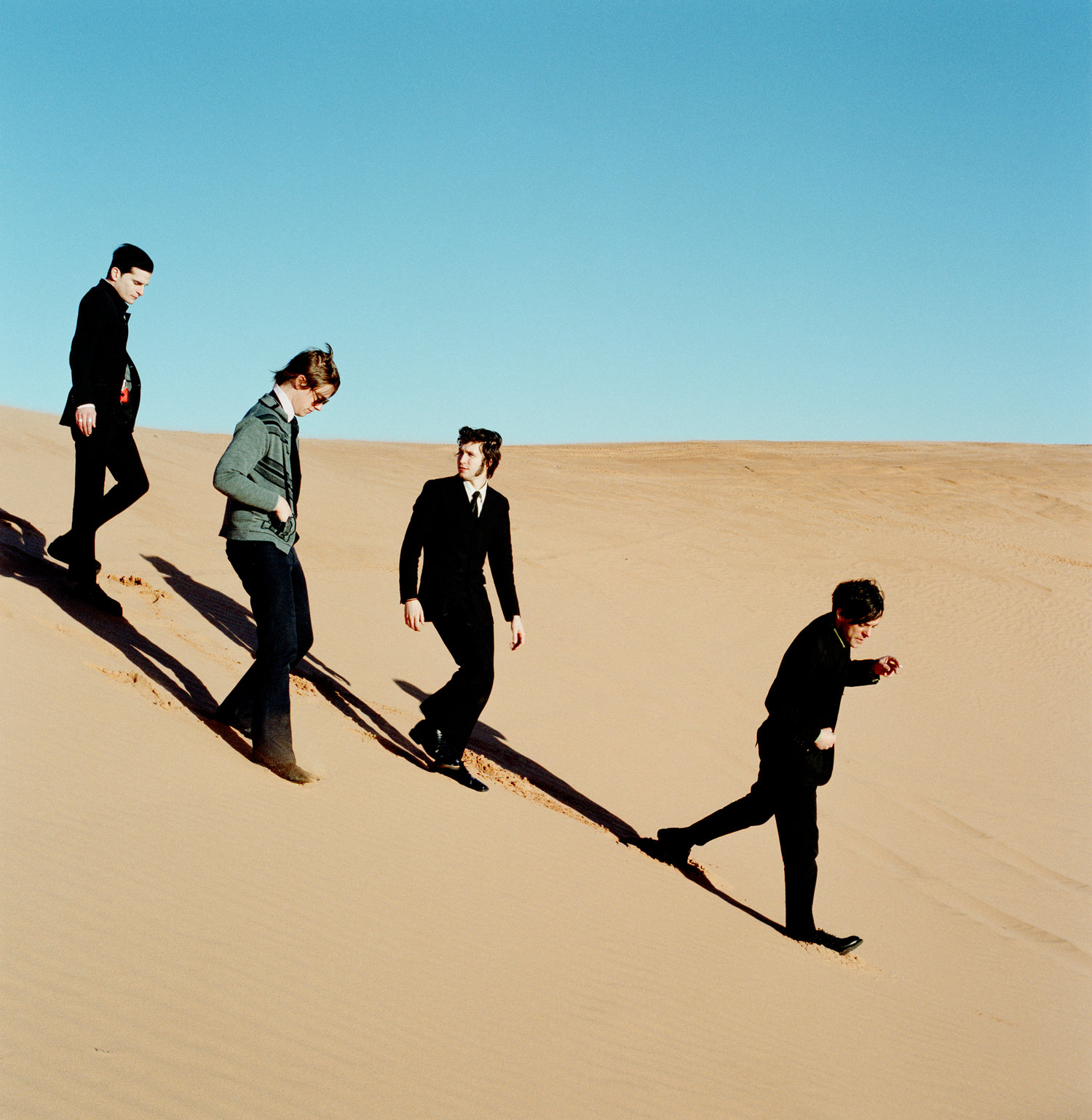
There’s a sarcastic saying about music journalists: that they became journalists because they couldn’t become musicians. I’m asking as an ex music journalist; where do you think music photography fits into this? Was your decision to pursue this field rooted in a passion for music?
Yes, but not from a need to become a musician. When I was a kid, I would buy a record (or cassette) and read all the lyrics and look at the art while listening to it for the first time. After a while, I realized that a lot of the bands I was listening to used the same photographer (Anton Corbijn), and I thought, ‘That’s what I want to do.’ That said, I just turned 50 and bought myself a piano and am taking lessons so maybe there is some deep secret I’ve been hiding from myself.
What makes a photograph iconic in a world where millions of images are taken every day?
Subject matter, composition, lighting, the old Henri Cartier-Bresson concept of The Decisive Moment. Sprinkle that with a little bit of time for people to get nostalgic about it and… there you go. Easy.

Working so closely with music must be inspiring in itself, but are there other things that inspire you personally?
I’m always trying to remain curious and learn something new, a new skill, language, staying up to date with technology, etc. My trip to Istanbul was a very, very inspiring event. I also like to spend time in the woods with my dogs. I split my time between New York City and the Catskill Mountains so getting lost in the trees is very important for my well being.
Looking at the names you’ve photographed, I feel like I can guess your musical taste, but I’d like to confirm. Who are the top five artists you listen to most on Spotify?
This answer may surprise you! Though I subscribe to Tidal. But five artists on heavy rotation are Depeche Mode, Gary Numan, Nation Of Language, John Grant, and Mogwai. If you asked me next week it’ll probably be completely different, except Depeche would still be there.

You’ve worked with many different artists. Who was the easiest to work with?
I’ve been lucky as I have worked with a ton of warm and friendly artists. It’s hard to pick one so I’ll give you two. Green Day is the most consistently nice and helpful group I’ve worked with. Really nice experiences. One time, I had to set up a makeshift studio in a hotel room, the publicist told me I had less than 10 minutes to photograph them. Right as they got on set, one of my strobe packs exploded. Smoke, sparks, the whole bit. Right away, the guys huddled around me, helped me troubleshoot the issue, and gave all the time needed to make some great images.
Another great artist was Michael Stipe of REM. He showed up and was amazingly present for the session. Up for anything and very giving to the camera. Great guy.
Lastly, a bit of a gossip. Have you ever photographed a musician you didn’t listen to?
All the time! Especially during the time when ‘nu metal’ and ‘emo’ were big. Massively popular bands like Sum-41, Korn, My Chemical Romance, Papa Roach, System of A Down, etc. All were great subjects and massively talented, but I guess they didn’t have enough keyboards and electronics for me. Ha!

